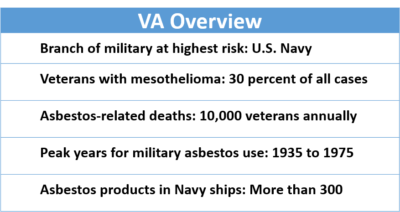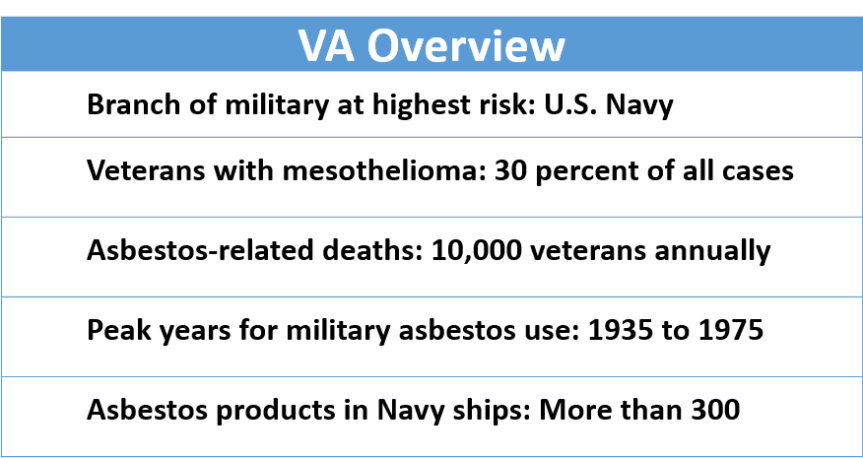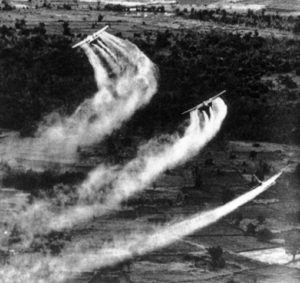 I worked for 35 years in the civil litigation world where U.S. companies are accused of hiding evidence and refusing to take responsibility for the health and safety of their employees, and I can say those accusations have been proven true in some cases. There was definitely a desire to cover up for financial gain.
I worked for 35 years in the civil litigation world where U.S. companies are accused of hiding evidence and refusing to take responsibility for the health and safety of their employees, and I can say those accusations have been proven true in some cases. There was definitely a desire to cover up for financial gain.
Let me qualify this paragraph that these comments are my opinion only and not those of Legacy Beyond Valor. But as I have been researching the web for Agent Orange, Water Contamination at Camp Lejeune, and now Asbestos exposure, I see a government that is being completely open and accepts responsibility where they have learned their personnel have fallen ill and need medical assistance. If you go to the link I provide in the next paragraph, and if you follow the links on that page to other pages, you will see that the VA describes how they got into using asbestos products, where they were used, and how they have now come to realize they were dangerous to those who worked with them. Not only no cover-up, but instead statements of regret and acceptance of responsibility.
I am not going to repeat the enormous detail given on the VA website regarding Asbestos exposure. Instead, I highly recommend you go to the site and read in detail how open they are regarding who was exposed and what they plan to do for them. I am going to simply point veterans who have come down with mesothelioma or cancer to the following links where they can file a claim and begin receiving assistance.
Eligibility
Occupations
Did you serve in any of the following occupations?
- Mining,
- Milling,
- Shipyard work,
- Insulation work,
- Demolition of old buildings,
- Carpentry and construction,
- Manufacturing and installation of products such as flooring, roofing, cement sheet, pipe products, or
- Servicing of friction products such as clutch facings and brake linings.
Did you serve in Iraq or any other Middle Eastern country?
Conditions
- You must be a Veteran who was discharged under conditions other than dishonorable.
- You must have been exposed to asbestos while in military service.
- You must have a disease or disability related to the asbestos exposure that occurred in military service.
Evidence Requirements
- Your military record must show you actually served where Asbestos exposure is known to have occurred; such as the Middle East.
- You must have served in one of the specialties the VA has identified (see the list above, but do not assume it is all-inclusive).
- You must claim and have evidence of a medical diagnosis of a disease or disability known to be related to asbestos.
- Your military record must connect your service to one of the known exposures.
How to Apply
- Apply online using the eBenefits portal, OR
- Work with an accredited representative or agent, OR
- Go to a VA regional office and have a VA employee assist you. You can find your regional office on our Facility Locator page
- For more information on how to apply and for tips on making sure your claim is ready to be processed by VA, visit our How to Apply
Learn more about health risks related to asbestos exposure from the VA Office of Public Health. If you are concerned about health problems associated with exposure to asbestos during your military service, talk to your health care provider or local VA Environmental Health Coordinator. If you are a Veteran, but are not enrolled in the VA health care system, you can find out if you qualify for VA health care.



